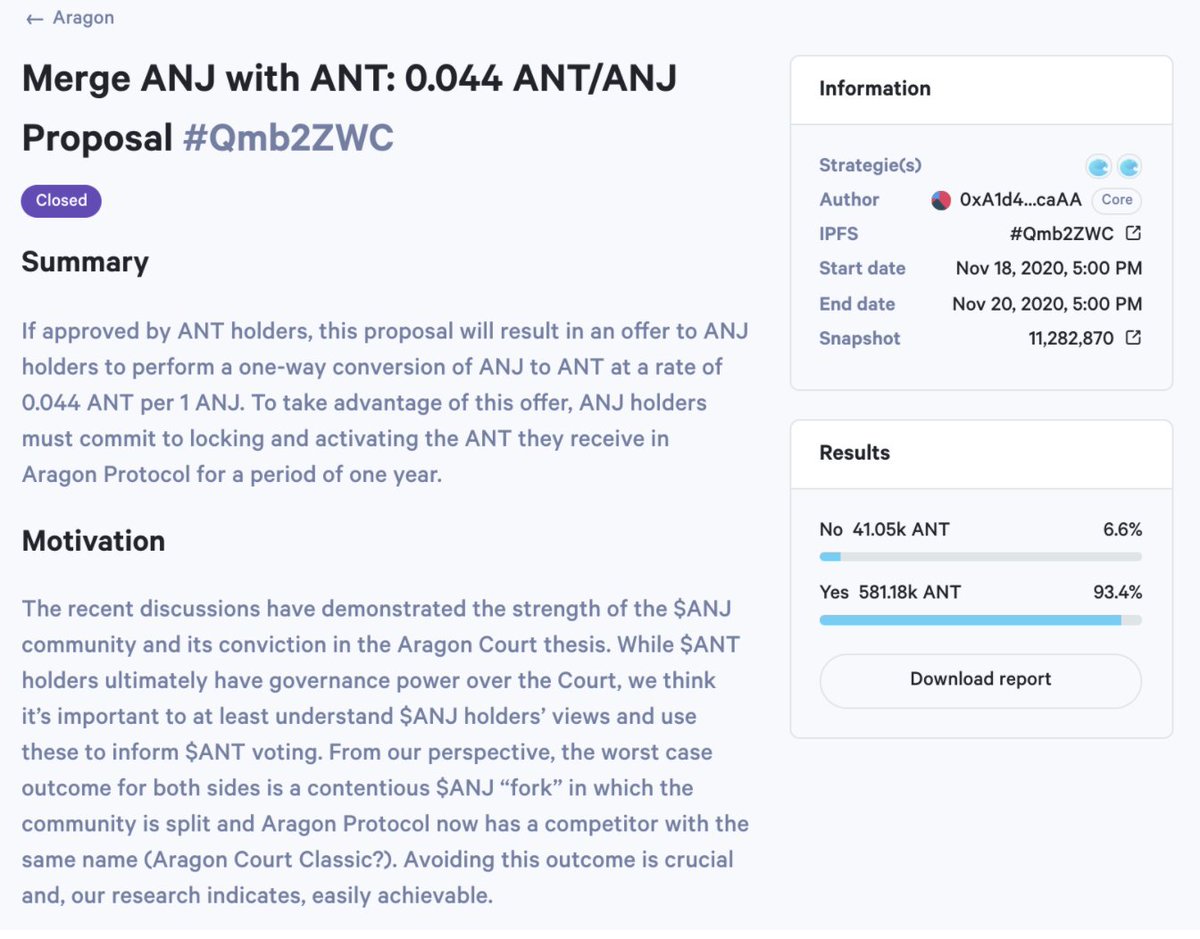
On November 10th, @Delphi_Digital put forth a proposal for to fundamentally revise @AaveAave's current token architecture
We received incredible feedback from the community and are thrilled to present V2 of our proposal which incorporates much of this insight
Thread👇
We received incredible feedback from the community and are thrilled to present V2 of our proposal which incorporates much of this insight
Thread👇
1/ Before diving into our proposal it's important to understand how the current Aave Safety Module (SM) works
The SM is an insurance product which underwrites all risks (SC, oracle and liquidation) for all users of Aave protocol
As an insurance product, it has a few flaws
The SM is an insurance product which underwrites all risks (SC, oracle and liquidation) for all users of Aave protocol
As an insurance product, it has a few flaws

2/ Because insurance is bundled in with Aave's money markets, it's impossible to compute cover demand, pricing, capacity or how much to pay underwriters
Any new money market added is also automatically insured by the SM, introducing unlimited contagion and systemic risk
Any new money market added is also automatically insured by the SM, introducing unlimited contagion and systemic risk
3/ This hampers the speed at which Aave can innovate by increasing the costs of failed experiments
Finally, the current SM is capital inefficient since it is unlevered and bundles different risks to offer a blended return, appealing to a narrower capital base
Finally, the current SM is capital inefficient since it is unlevered and bundles different risks to offer a blended return, appealing to a narrower capital base
4/ Our initial proposal sought to improve on this current model while keeping the bundled insurance + money-market design
This meant that demand for insurance was impossible to compute separately from money market demand
This meant that demand for insurance was impossible to compute separately from money market demand

5/ Without a market based mechanism to price cover and therefore risk, our design instead offloaded these decisions to independent aDAOs who bore both the risk and reward of the money markets they managed
They provided risk capital and earned fees in exchange for not blowing up
They provided risk capital and earned fees in exchange for not blowing up
6/ This, we hoped, would allow Aave to innovate quicker by segregating risk while incentivizing good decisions by the principle of skin in the game; ensuring those making decisions are forced to bear the potential downside if they are wrong
7/ In our new design, insurance is instead offered as a separate product on the demand side
This makes it possible to compute cover demand and capacity precisely and thus price risk using market mechanisms, scaling back some of the independence granted to aDAOs
This makes it possible to compute cover demand and capacity precisely and thus price risk using market mechanisms, scaling back some of the independence granted to aDAOs
8/ Based on this insight, we propose two models:
The first is a simplified, unlevered version which could act as an evolutionary step towards the second model which we see as the more efficient, final form design
The first is a simplified, unlevered version which could act as an evolutionary step towards the second model which we see as the more efficient, final form design
9/ In both cases, users get access to one-click insurance with payment being streamed over time and netted out of deposit APYs rather than purchased upfront a la @NexusMutual and @CoverProtocol 

10/ This is achieved by using a money market style architecture leveraging Aave’s current interest rate model to calculate cover pricing based on utilisation rate
Where the the designs differ is in terms of their supply-side experience.

Where the the designs differ is in terms of their supply-side experience.


11/ In the simpler model, users can only stake to the SM, underwriting all risks and receiving a blended return
In the second case, users can boost SM returns by staking to specific contracts using leverage, taking on varying amounts of risk and being rewarded accordingly

In the second case, users can boost SM returns by staking to specific contracts using leverage, taking on varying amounts of risk and being rewarded accordingly


12/ In addition to serving as an improved SM, these designs would also allow Aave to sell its streamed cover products to other projects/protocols
We’re excited about the possibilities this presents and very much looking forward to hearing the community’s feedback on our ideas
We’re excited about the possibilities this presents and very much looking forward to hearing the community’s feedback on our ideas
13/ Full PDF Proposal: delphidigital.io/reports/aave-t…
Forum discussion: governance.aave.com/t/aave-token-a…
BONUS: I will also be hosting @StaniKulechov on the podcast next week to discuss this and other topics. PM me your questions 👀
Forum discussion: governance.aave.com/t/aave-token-a…
BONUS: I will also be hosting @StaniKulechov on the podcast next week to discuss this and other topics. PM me your questions 👀
Special thanks to my coauthor @JonathanErlichL
Thanks also to @Delphi_Digital team,@santiagoroel, @MapleLeafCap,@AndreCronjeTech,@gryyoung10, and the entire @AaveAave crew incl @StaniKulechov,Alex, @JordanLzG,@The3D_,and Ernesto, who all helped refine our thinking on this
Thanks also to @Delphi_Digital team,@santiagoroel, @MapleLeafCap,@AndreCronjeTech,@gryyoung10, and the entire @AaveAave crew incl @StaniKulechov,Alex, @JordanLzG,@The3D_,and Ernesto, who all helped refine our thinking on this
• • •
Missing some Tweet in this thread? You can try to
force a refresh







